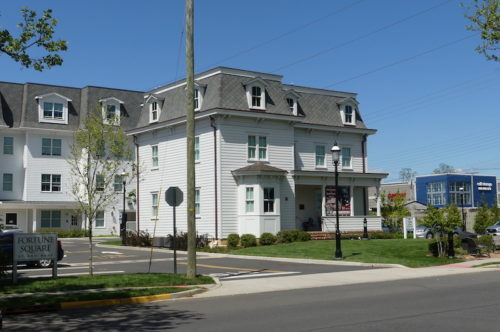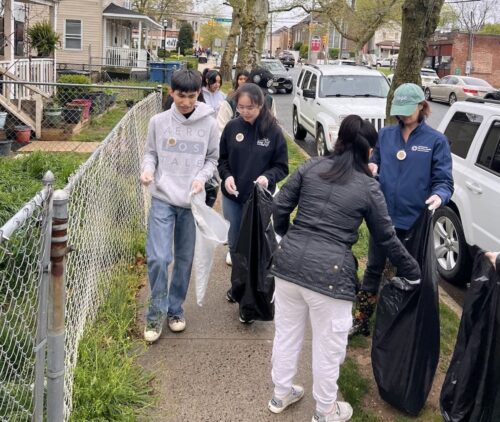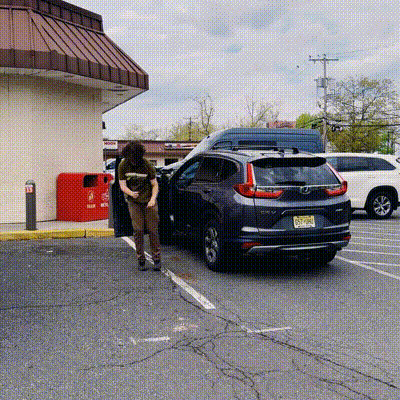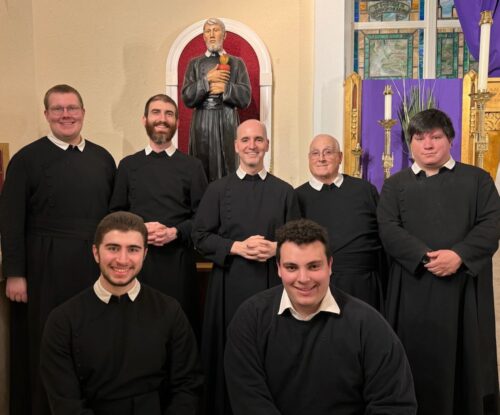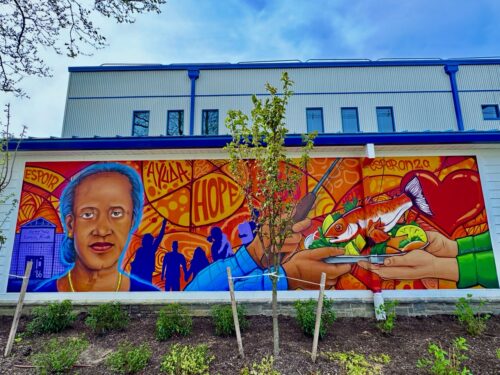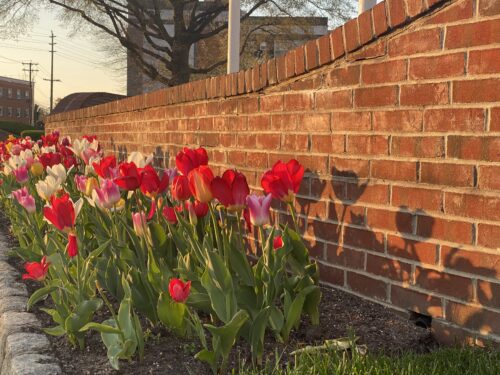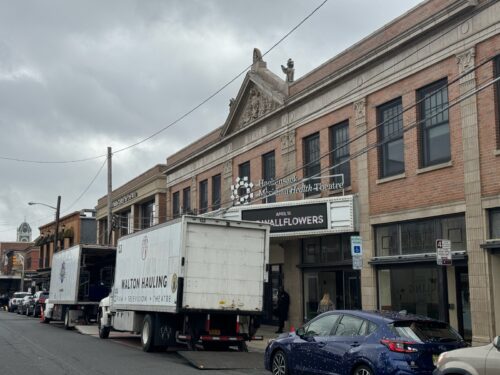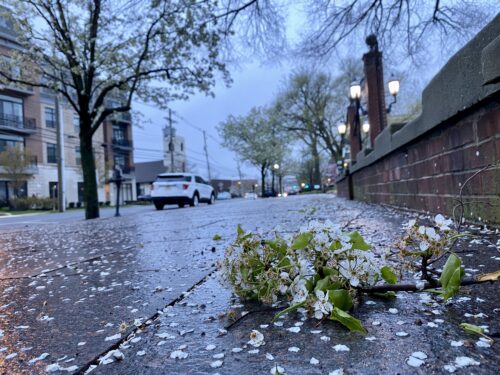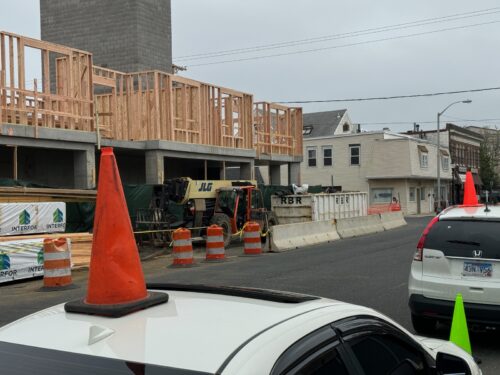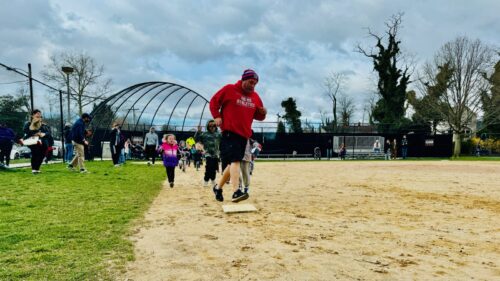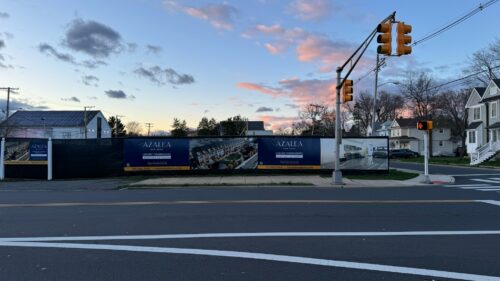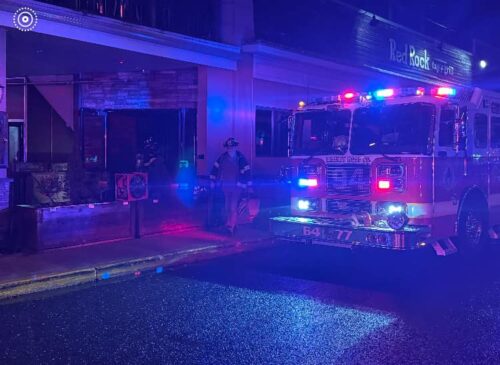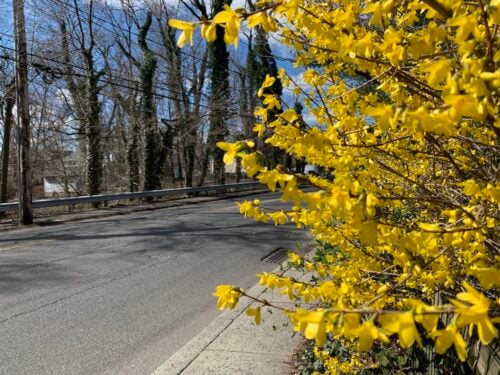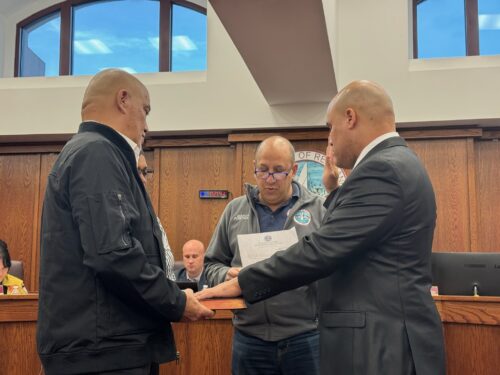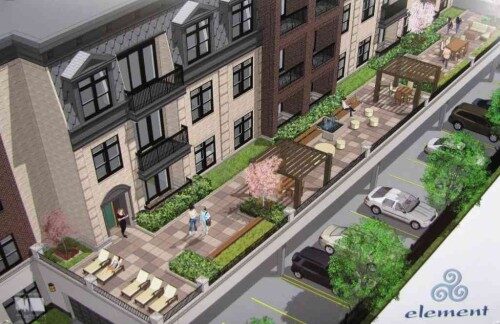
By JOHN T. WARD
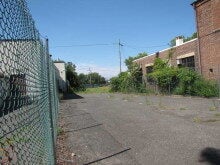
Dubbed the Element, the project would be built on an irregularly shaped, three-quarter-acre vacant lot facing Riverside Gardens Park at one end and White Street, alongside the former Liberty Hose firehouse, on the other.
The proposal requires variances for density, building height and minimum unit size. Some of its 16 one-bedroom units would be less than the borough minimum 900 square feet.
The applicant, a limited liability company owned by Joseph Shabot, Ralph Braha and Steven Zakaria, won approval eight years ago for 27 condos at the site, which then had a nursing home on it. But the applicant’s lawyer, Peter Falvo, told the board earlier this year that the downturn in the real estate market shortly after the approval made it impossible to obtain construction financing.
Now, the partners say the market has turned in favor of rental units, so they want to build a four-story structure with 35 rental units above a covered, at-grade parking garage for 47 cars. Another seven spots would be provided elsewhere on site, traffic consultant Nicholas Verderese told the board.
Tenants would get one dedicated spot per unit, he said, with the rest available for handicapped motorists, tenants with second vehicles and visitors. Verderese said that equates to 1.54 spots per unit, which he said is higher than the borough-average of 1.26, based on Census data. It’s also more than adequate, he and others testified, given that the Element would be marketed to, and appeal to, tenants who were looking for a more urban lifestyle — and were thus less likely to own two or more cars.
Verderese also testified that nearby street and lot parking could take up any spillover should the site’s parking be insufficient.
But board member Sean Murphy pressed Verderese on the consequences if the applicant is wrong.
“The possibility does exist for everyone to come in with two cars,” he said of tenants, “and we’re not willing to take that risk, because the parking situation in Red Bank is crazy.”
Board members also sought more information on the applicant’s plan to satisfy a state Council on Affordable Housing obligation of 20 percent of the units, or seven apartments. Falvo said the only way to make the project economically feasible would be to provide those units off-site.
Citing insufficient cash flows that he said would result from including them on-site, Falvo told the board, “if you want to put COAH units in the job, you won’t get the job and and you won’t get the COAH units.”
He said the applicant had investigated other sites in town to acquire for the affordable units, and had been approached by another developer about folding the obligation into a new project. But neither option could go forward without a board approval for the Element, he said.
Brodsky said that a developer’s agreement with the town could ensure that the cheaper units get built. “We’ll make it not a ‘maybe’ but an absolutely enforceable agreement,” he said.
Board member Ann Torre asked Rick Brodsky, a second attorney hired by the applicant, if the idea was to add to the borough’s affordable housing stock, rather than put tenants in existing affordable units.
“That’s right,” he said.
Falvo told the board his client hoped to “resolve” open questions about affordable units and parking in time for the next hearing on the matter, scheduled for November 5.


